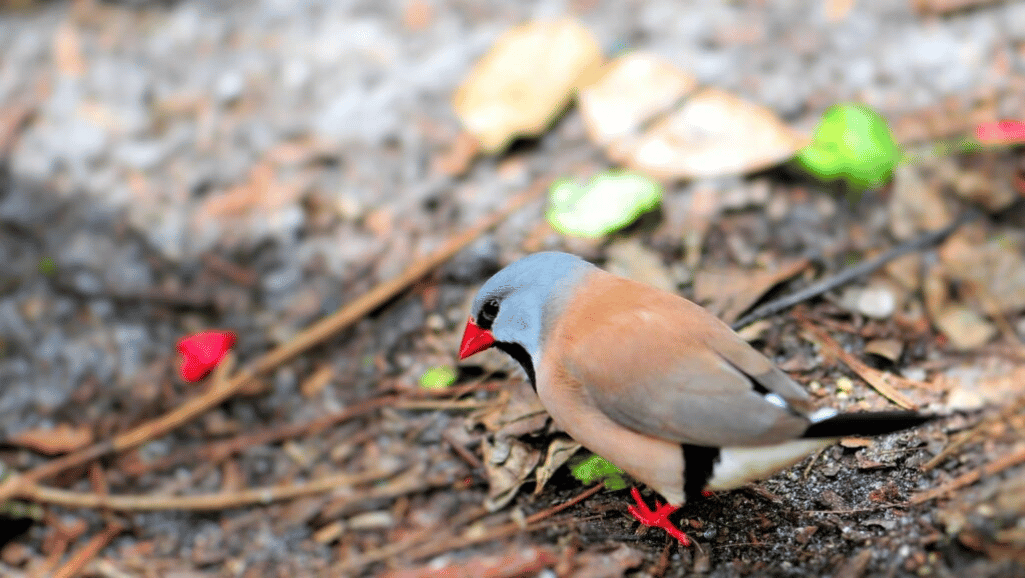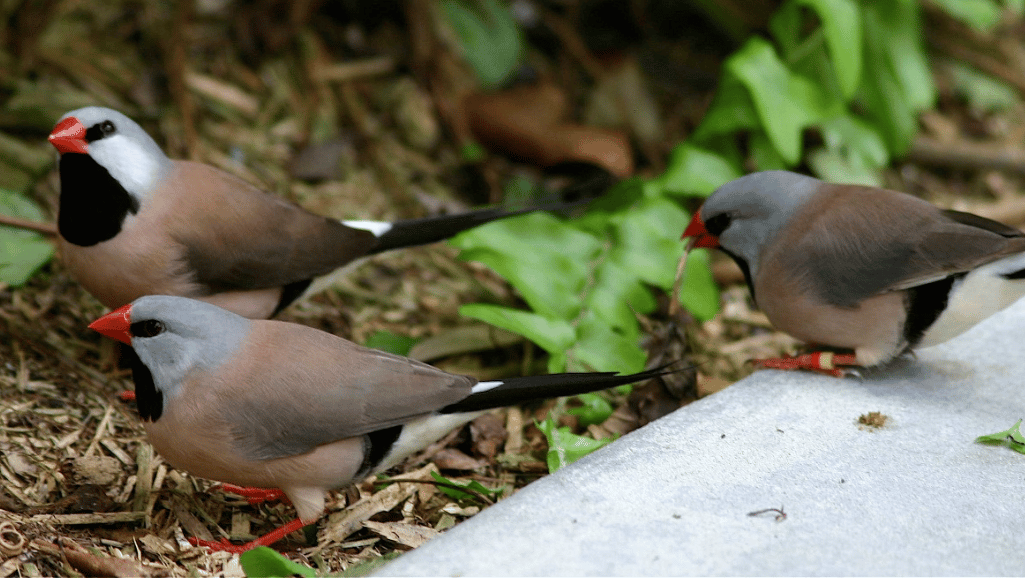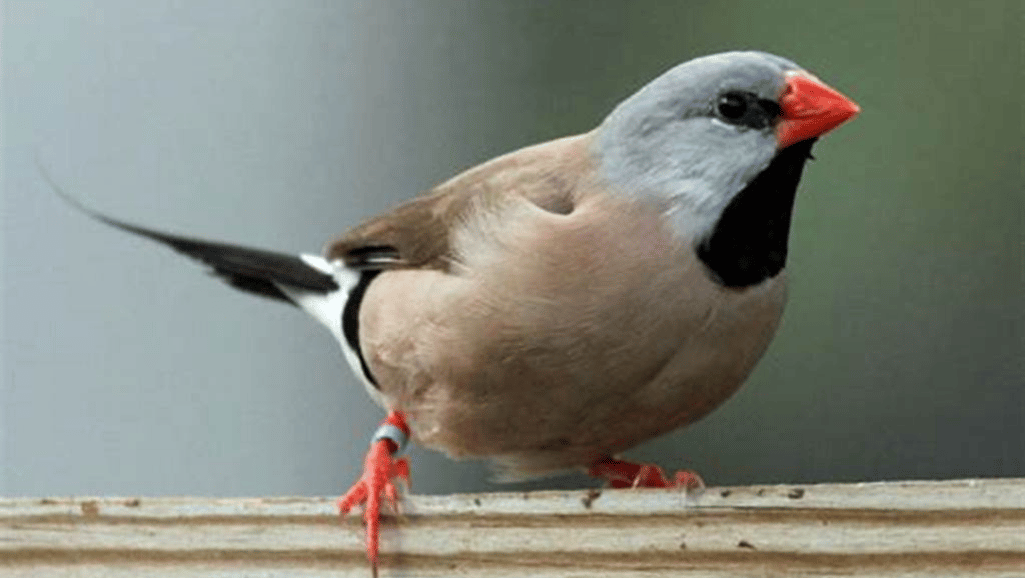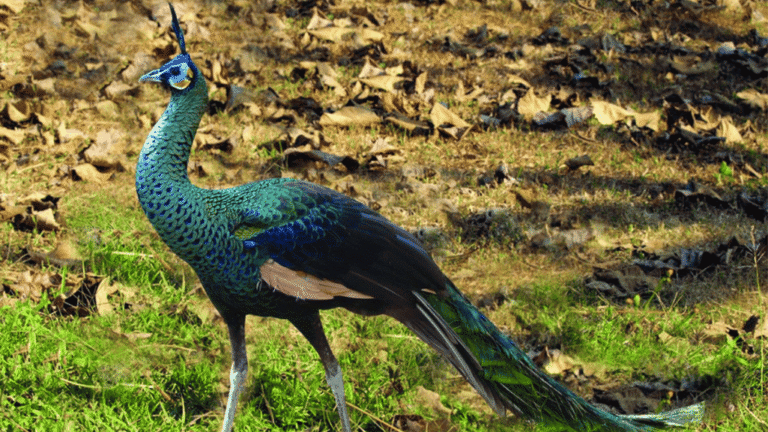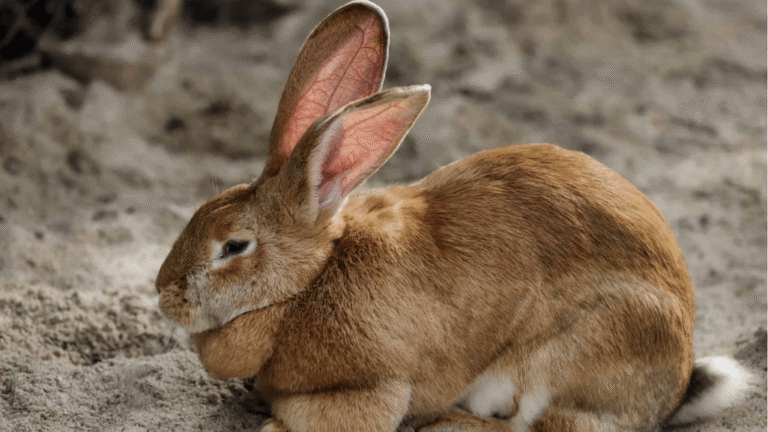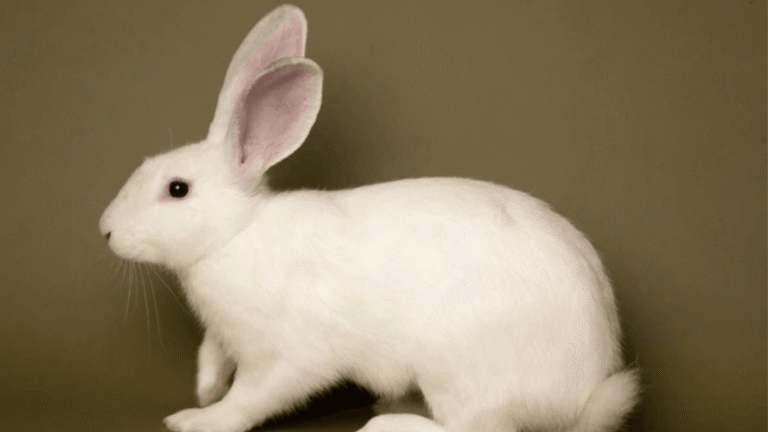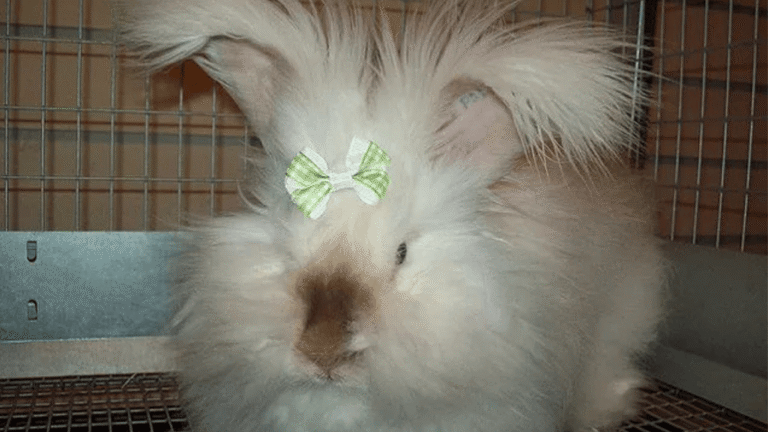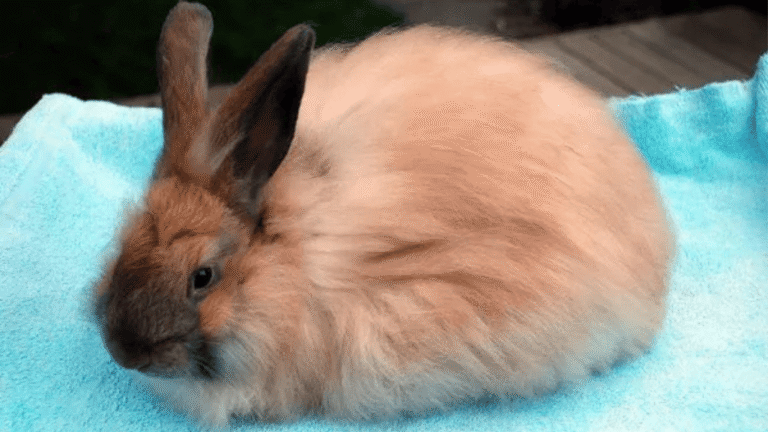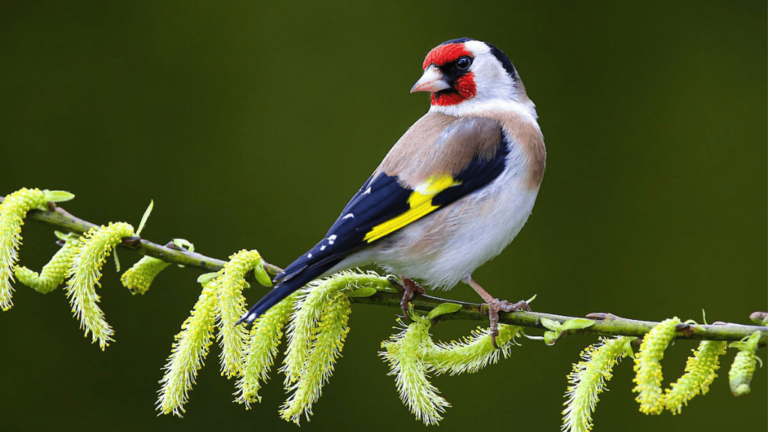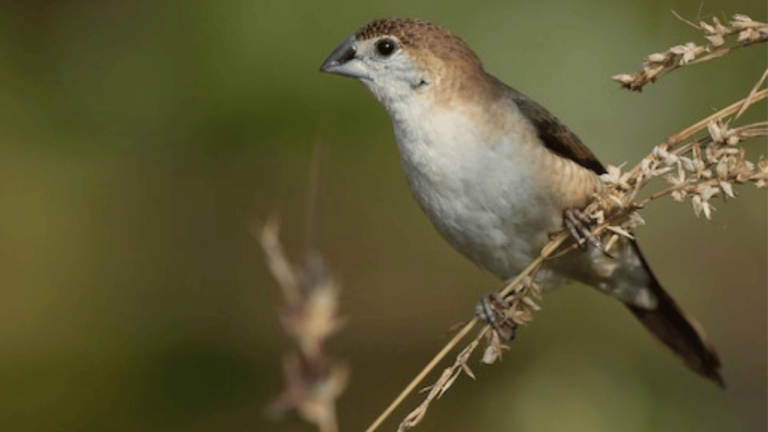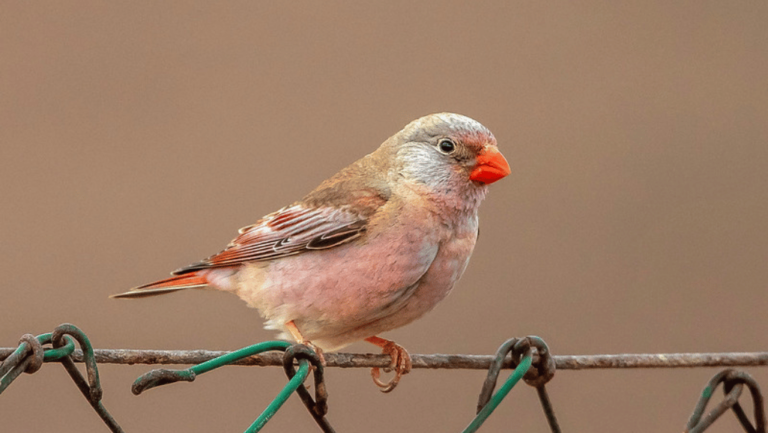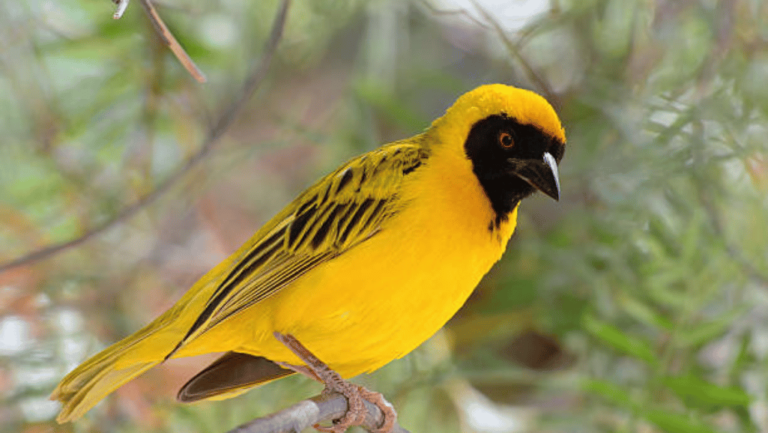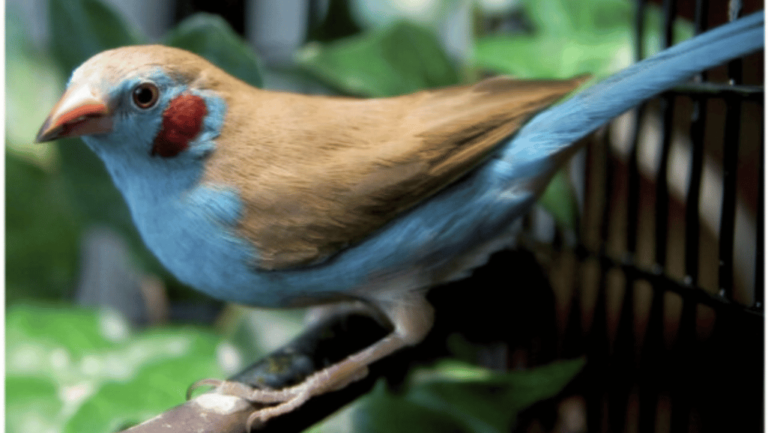Welcome to our avian discovery of the Shaft-tail Finch, a fascinating passerine bird known for its elongated tail and vibrant breeding habits. Native to Australia, this finch species captivates bird enthusiasts with its unique characteristics and charm.
Key Takeaways:
- The Shaft-tail Finch is a passerine bird with an elongated tail and vibrant breeding habits.
- It is native to Australia and is the second most populous finch species in the country.
- Both male and female Shaft-tail Finches have silver-gray heads, rosey-brown bodies, and a black bib under the beak.
- These birds are hardy, averaging 5-6 inches in length, and can be found in a variety of habitats, including pandanus plains, open grasslands, and pastoral areas.
- They have a varied diet that includes mixed millets, lettuce, spinach, chickweed, spray millet, eggfood, broccoli tops, and carrot tops.
- Shaft-tail Finches are known for their comical behavior, which includes head bobbing and singing.
- Proper housing, care, and conservation efforts are essential for the well-being of these beautiful finches.
Finch Species Habitat
The shaft-tail finch, known for its stunning elongated tail and vibrant breeding habits, can be found residing in various habitats across northern Australia. These diverse habitats include pandanus plains, open grasslands, and pastoral areas. The availability of these habitats provides the shaft-tail finches with the necessary resources to thrive.
Let’s explore these habitat types in more detail:
- Pandanus Plains: These regions are characterized by the presence of pandanus trees, which serve as excellent nesting sites for the shaft-tail finches. The dense vegetation creates an ideal environment for these revered birds.
- Open Grasslands: Shaft-tail finches are well-adapted to open grasslands, where they can easily navigate and forage for food. The vast expanses of grass offer both feeding opportunities and suitable areas for building nests.
- Pastoral Areas: The finches also thrive in pastoral areas, characterized by grazing lands. These environments provide an abundance of seed resources, crucial for the finches’ diet.
Overall, the shaft-tail finches have evolved to thrive in these distinct habitats, utilizing the available resources to fulfill their unique needs.
The Pandanus Plains
The pandanus plains are one of the preferred habitats of the shaft-tail finch. These plains are home to groves of pandanus trees, which create a lush and sheltered environment for these beautiful finches. The dense foliage of the pandanus trees provides an ideal nesting site for the finches, offering protection from predators and the elements. The pandanus plains also offer a variety of food sources for the finches, including seeds, insects, and plant matter.
Here is a table summarizing the key features of the pandanus plains habitat:
| Feature | Description |
|---|---|
| Nesting Sites | Pandanus trees provide ideal nesting sites, offering shelter and protection for the finches. |
| Food Sources | The pandanus plains offer a variety of food sources, including seeds, insects, and plant matter. |
| Shelter | The dense foliage of the pandanus trees provides shelter from predators and unfavorable weather conditions. |
Finch Ornithology
Finch ornithology is a fascinating field of study that delves into the classification, behavior, ecology, and conservation of finches. These small passerine birds belong to the Passeriformes order and the Estrildidae family. Their diverse and unique characteristics contribute significantly to the overall avian biodiversity.
In the realm of finch ornithology, researchers explore the intricacies of finch species, including the shaft-tail finch. By understanding their behavior, habitat preferences, and breeding habits, scientists can gain valuable insights into these captivating creatures and their vital role within the avian world.
In this section, we’ll delve into the fascinating world of finch ornithology, exploring the intricate details that make these birds so remarkable. From their classification within the Passeriformes order and the Estrildidae family to the various aspects of their behavior and ecology, we’ll provide you with a comprehensive understanding of the shaft-tail finch and its place in the world of avian biodiversity.
Classification of Finch Species
The hierarchical classification of finches allows researchers and experts to categorize these birds based on their genetic relationships and physical attributes. The shaft-tail finch belongs to the Passeriformes order, commonly referred to as pass…
| Order | Family | Genus | Species |
|---|---|---|---|
| Passeriformes | Estrildidae | Amadina | shaft-tail finch |
This classification system helps ornithologists understand the evolutionary history and relationships among different finch species while also providing a framework for further research and conservation efforts.
Characteristics of Finch Species
Finches, including the shaft-tail finch, exhibit a wide range of characteristics that make them unique within the avian world. These characteristics include their physical attributes, behavioral patterns, and ecological adaptations. Let’s explore some of the distinguishing features of finches:
- Beak Variations: Finches have diverse beak shapes and sizes, allowing them to specialize in different types of diets. Some finch species have slender beaks for feeding on insects, while others have thicker beaks for cracking seeds.
- Migratory Behavior: While the shaft-tail finch is not known for long-distance migration, some finch species exhibit remarkable migratory behavior, undertaking seasonal movements to find suitable breeding grounds or food sources.
- Adaptive Feeding Habits: Finches are primarily seed-eating songbirds but also consume various other foods like fruits, insects, and nectar. Their diverse diets contribute to their resilience and adaptability in different environments.
- Colorful Plumage: Many finch species, including the shaft-tail finch, boast vibrant plumage, with an array of colors and patterns that vary among males, females, and juveniles. These striking visual displays often play a role in courtship and mate selection.
- Unique Songs and Calls: Finches are known for their melodious songs and distinct calls, which serve as communication tools for claiming territory, attracting mates, and signaling danger.
These characteristics, among others, contribute to the overall diversity and stunning beauty of finches, making them a captivating subject of study within the field of ornithology.
Finch Breeding Habits
The breeding season is a fascinating time for shaft-tail finches, when they exhibit their unique and intricate breeding habits. During this season, the female shaft-tail finch will lay a clutch of 4-7 eggs in a carefully constructed nest. The eggs are then incubated by both parents, who take turns to ensure the proper development and warmth of the eggs.
The incubation period lasts for approximately 14 days, during which time the parents diligently care for the eggs. They maintain the ideal temperature and humidity levels required for successful incubation. This joint effort by the parents demonstrates their strong bond and commitment to their offspring.
Once the eggs hatch, the young finches are entirely dependent on their parents for care, nourishment, and protection. The parents continue to provide round-the-clock care, feeding the hatchlings with regurgitated food and ensuring they grow strong and healthy.
As the young finches grow, their parents gradually introduce them to solid foods and teach them vital survival skills. This process takes approximately 21 days, after which the fledglings are ready to leave the nest and explore the world outside. These fledglings are not fully independent yet and will still rely on their parents for food and guidance.
Over time, the young finches develop their skills and gain the confidence to become independent at around 42 days old. This gradual transition prepares them for adulthood and ensures their ability to survive in the wild.
Parental Care
The parental care exhibited by shaft-tail finches is remarkable. Both parents take an active role in incubating the eggs, feeding the hatchlings, and teaching them essential survival skills. This shared responsibility allows for a balanced and effective approach to parenting, enhancing the chances of the offspring’s survival.
The parents create a nurturing and supportive environment for their young, providing them with the necessary resources and protection from potential threats. They demonstrate exceptional dedication and vigilance, ensuring the well-being and success of their offspring.
This level of parental care is crucial for the survival and overall reproductive success of shaft-tail finches. It showcases the remarkable instincts and behaviors ingrained in these beautiful birds, highlighting the adaptability and resilience of their species.
Understanding the intricacies of finch breeding habits, such as the breeding season, incubation process, and parental care, allows us to appreciate the remarkable natural behaviors of shaft-tail finches and foster a deeper connection with these captivating creatures.
Finch Conservation Status
The shaft-tail finch, also known as the long-tailed beauty, currently holds a conservation status of “least concern” according to the International Union for Conservation of Nature (IUCN). This classification indicates that the species is not currently at risk of extinction. However, it is essential to continue conservation efforts to ensure the preservation of their habitat and population.
While the shaft-tail finch is not facing immediate threats, it is crucial to remain vigilant in protecting their natural environment. Their habitat, which includes pandanus plains, open grasslands, and pastoral areas, serves as a vital resource for their survival. The conservation of these habitats ensures that the finches have access to food resources and suitable nesting sites.
Conservation efforts can involve various initiatives such as habitat preservation, biodiversity conservation, and raising awareness about the importance of these remarkable birds. By implementing proactive measures to safeguard their environment, we can contribute to the long-term sustainability of the shaft-tail finch population.
Conservation Measures for Shaft-tail Finch
- Protecting and preserving their natural habitats such as pandanus plains, open grasslands, and pastoral areas.
- Implementing sustainable land management practices to maintain the availability of food resources and nesting sites.
- Supporting research and monitoring programs to gather data on population status, breeding patterns, and migration routes.
- Engaging in community education and outreach initiatives to raise awareness about the importance of conserving these magnificent birds.
By taking proactive steps to safeguard the shaft-tail finch and its habitat, we can ensure that future generations can continue to appreciate the beauty and unique characteristics of this stunning avian species.
| IUCN Category | Population Status | Conservation Action |
|---|---|---|
| Least Concern | Stable | No immediate threat of extinction |
Finch Migration Patterns
The shaft-tail finch, although not known for long-distance migration, exhibits seasonal movements within its range. These movements are influenced by factors such as the availability of food and nesting sites, as well as climate and resource availability.
Understanding the migratory behavior of finches is crucial in gaining insights into their overall behavior and ecology. Researchers study these patterns to unravel the mysteries of their seasonal movements and better comprehend their adaptability to different environments.
While the shaft-tail finch’s migratory behavior may not be as extensive as other bird species, their seasonal movements remain an essential aspect of their natural history.
Factors Influencing Finch Migration Patterns
The seasonal movements of shaft-tail finches are influenced by a range of factors. Some of the key factors include:
- Availability of food sources
- Nesting site suitability
- Climate variations
- Resource availability
These factors play a crucial role in determining the timing, direction, and distance of their seasonal movements. By adapting to the changing conditions of their environment, finches can optimize their chances of survival and reproductive success.
Migration Patterns Research
Scientists and ornithologists conduct various research methods to study and understand the migration patterns of finches:
- Field observations: Researchers observe and record the movement of finches in their natural habitats, noting patterns and trends.
- Tracking technologies: Advanced tracking devices, such as GPS tags and geolocators, provide valuable data on the precise movements of individual finches.
- Ringing studies: By capturing and marking birds with unique identifiers, researchers can track their movements over time and across different locations.
- Molecular analysis: Genetic studies help identify population-level movement patterns and genetic connectivity among finch populations.
These research efforts enhance our understanding of finch migration patterns, contributing to their conservation and management.
| Migratory Behavior | Characteristics |
|---|---|
| Seasonal movements within range | Dependent on food and nesting site availability |
| Not known for long-distance migration | Influenced by climate and resource availability |
The table above summarizes the migratory behavior and characteristics of shaft-tail finches. By exhibiting seasonal movements within their range, these finches adapt to the changing environmental conditions, ensuring their survival and successful breeding.
Avian Biodiversity
The avian biodiversity in Australia is truly remarkable, with a wide variety of species calling this vast continent home. Among them, passerine birds, including the shaft-tail finch, stand out for their unique characteristics and fascinating adaptations.
Passerine birds, also known as perching birds, make up the largest order of birds, comprising more than half of all bird species. These birds are recognized for their strong, well-developed feet that allow them to grip branches and perch effortlessly. Their beaks come in different shapes and sizes, reflecting specialized feeding habits.
Finches are a captivating group of passerine birds known for their beautiful plumage and delightful songs. They boast a diverse range of species and can be found in various regions around the world. In Australia, finches have flourished, contributing to the rich tapestry of Australian avifauna.
Finch Species in Australia
Australia is home to numerous finch species that have adapted to the diverse habitats found across the continent. These finches have evolved unique characteristics and behaviors that enable them to thrive in different environments.
One such species is the shaft-tail finch, known for its elongated tail and vibrant breeding habits. This finch, with its silver-gray head and rosy-brown body, adds to the avian biodiversity in Australia.
Finch Species Diet
Shaft-tail finches, as seed-eating songbirds, have a diverse and nutritious diet that supports their overall health and well-being. While their primary food source is mixed millets, they also consume a variety of other foods that provide essential nutrients. Let’s explore the different dietary components of shaft-tail finches:
1. Mixed Millets
Mixed millets form the foundation of the shaft-tail finch’s diet. These small, round seeds are rich in carbohydrates, proteins, and fats, providing the necessary energy for these active birds. Feeding them a combination of millet varieties ensures a well-rounded nutritional intake.
2. Leafy Greens
In addition to seeds, shaft-tail finches can benefit from consuming leafy greens as part of their diet. Some suitable options include lettuce, spinach, and chickweed. These greens offer vitamins, minerals, and additional fiber, promoting a healthy digestive system.
3. Spray Millet
Shaft-tail finches enjoy the occasional spray millet treat. These small sprigs of millet provide both mental and physical stimulation for the birds, as they love to forage and peck at the tiny seeds. Spray millet can be offered as an occasional snack to enhance their overall feeding experience.
4. Eggfood
Eggfood is a valuable supplemental food source for shaft-tail finches, particularly during the breeding season. This specialty food contains high levels of protein and essential amino acids, which support optimal egg development and chick growth.
5. Vegetable Tops
Shaft-tail finches benefit from consuming vegetable tops such as broccoli tops and carrot tops. These offer additional vitamins and minerals, contributing to their overall nutritional intake.
Summary
The table below provides a quick overview of the shaft-tail finch diet, highlighting the key food sources and their nutritional benefits:
| Food Source | Nutritional Benefits |
|---|---|
| Mixed Millets | Carbohydrates, proteins, fats |
| Leafy Greens (lettuce, spinach, chickweed) | Vitamins, minerals, fiber |
| Spray Millet | Mental and physical stimulation |
| Eggfood | Proteins, essential amino acids |
| Vegetable Tops (broccoli tops, carrot tops) | Vitamins, minerals |
Providing a well-balanced diet for shaft-tail finches is essential for their overall health, longevity, and breeding success. By offering a variety of seeds, leafy greens, specialty foods, and vegetable tops, bird enthusiasts can ensure that these beautiful finches thrive in captivity.
Finch Species Behavior
Shaft-tail finches exhibit unique behaviors that are both entertaining and fascinating to observe. They are known for their head bobbing behavior, which is performed by both males and females. This comical behavior involves rhythmic movements of the head up and down, adding a playful element to their interactions.
The males of the species are especially active in singing, showcasing their musical abilities. Their vocalizations consist of a series of call songs, which they use to communicate with other finches and establish their territory. The powerful and melodious songs of the male shaft-tail finches fill the air with delightful melodies.
While the females also call, they do not sing the full song like the males. Instead, they produce softer and more subtle vocalizations, indicating their presence and participating in the communication among the finches.
The head bobbing and singing behavior of the shaft-tail finches contribute to their charm and appeal. These comical behaviors make them a joy to observe and create an endearing connection with bird enthusiasts and nature lovers alike.
Finch Housing and Care
Proper housing and care are essential for the health and well-being of shaft-tail finches. Whether you choose to house them in large aviaries or single pair flight cages, providing the right environment is crucial for their overall happiness and breeding success.
When setting up the cage, consider including options for nesting such as finch nest boxes or birdhouse gourds. Shaft-tail finches prefer to use nesting materials like coco fiber, shredded paper, dried grasses, and feathers to build their nests, so make sure to provide these materials for them.
Feeding is an important aspect of finch care. Their diet should consist of a mixture of millets, fresh water, cuttlebone, and grit. Additionally, offering spray millet, eggfood, and various greens can provide additional nutrients and variety to their diet.
It is also crucial to provide a dish with fresh bath water for the finches. Bathing helps them maintain their plumage and overall health. Make sure to clean and replace the bath water regularly to prevent any health concerns.
Regular health check-ups and proper worming regimes are necessary to ensure the well-being of the shaft-tail finches. Consulting with avian veterinarians is recommended to address any specific health concerns and ensure their optimal care and longevity.
By providing an appropriate housing setup, a nutritious diet, and proper care, you can ensure that your shaft-tail finches thrive and enjoy a happy and healthy life.
Finch Housing and Care Checklist:
- Choose a suitable housing option: large aviaries or single pair flight cages
- Include nesting options like finch nest boxes or birdhouse gourds
- Provide nesting materials such as coco fiber, shredded paper, dried grasses, and feathers
- Offer a varied diet of millets, fresh water, cuttlebone, and grit
- Supplement their diet with spray millet, eggfood, and various greens
- Provide a dish with fresh bath water for regular bathing
- Schedule regular health check-ups with avian veterinarians
- Implement proper worming regimes to maintain their well-being
Conclusion
In conclusion, the shaft-tail finch is a captivating bird known for its elongated tail and vibrant breeding habits. This passerine species adds to the avian biodiversity, particularly in Australia. Understanding the habitat, behavior, breeding habits, and care requirements of the shaft-tail finch is crucial in promoting their well-being and conservation.
By providing suitable housing, appropriate diet, and proper care, bird enthusiasts can enjoy the beauty and charm of these long-tailed finches. The shaft-tail finch’s comical behavior, including head bobbing and singing, adds to their appeal. These birds are hardy and adaptable, making them a joy to observe in a variety of environments.
Conservation efforts for the shaft-tail finch should focus on preserving their habitats and protecting their populations. While the species is currently classified as “least concern” by the IUCN, it is important to maintain their numbers and ensure the longevity of their existence. Through education and awareness, we can ensure the continued existence of these remarkable birds for generations to come.
Frequently Asked Questions
What is the Shaft-tail Finch known for?
The Shaft-tail Finch is known for its elongated tail and vibrant breeding habits.
Where is the Shaft-tail Finch native to?
The Shaft-tail Finch is native to Australia.
What does the Shaft-tail Finch look like?
The Shaft-tail Finch has a silver-gray head, rosey-brown body, and a black bib under the beak. Both males and females look similar, but males are typically larger with a wider bib and brighter beak.
What kind of habitats can the Shaft-tail Finch be found in?
The Shaft-tail Finch can be found in a variety of habitats, including pandanus plains, open grasslands, and pastoral areas.
What is the diet of the Shaft-tail Finch?
The Shaft-tail Finch is a seed-eating songbird and has a diet that includes mixed millets, lettuce, spinach, chickweed, spray millet, eggfood, broccoli tops, and carrot tops.
How do Shaft-tail Finches behave?
Shaft-tail Finches are known for their comical behavior, including head bobbing and singing.
How do Shaft-tail Finches breed?
During the breeding season, the female Shaft-tail Finch lays 4-7 eggs, which are incubated by both parents for about 14 days. The young finches leave the nest at around 21 days old and become independent at approximately 42 days old.
What is the conservation status of the Shaft-tail Finch?
The Shaft-tail Finch is currently classified as “least concern” by the International Union for Conservation of Nature (IUCN).
Does the Shaft-tail Finch migrate?
The Shaft-tail Finch does not exhibit long-distance migration but instead exhibits seasonal movements within its range.
How does the Shaft-tail Finch contribute to avian biodiversity?
The Shaft-tail Finch adds to the overall avian biodiversity, particularly in Australia, as a member of the Passeriformes order and Estrildidae family.
What kind of housing and care do Shaft-tail Finches need?
Shaft-tail Finches can be housed in large aviaries or single pair flight cages, and their care includes proper cage setup, nesting materials, feeding, bathing, and regular health check-ups,



